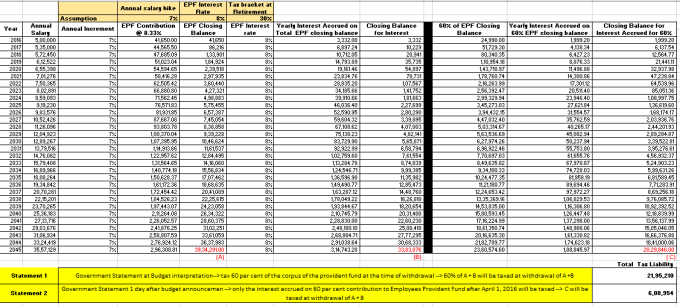![Global-monthly-app-revenue-2016[1]](https://salotmonish.files.wordpress.com/2017/04/global-monthly-app-revenue-20161.png?w=680)
Source: InMobi
It is very startling to know that 55% of developers/publishers earn less than $1000 monthly
(The Secret to App Monetization Revealed)
The percentage of developers in such category for APAC is even higher at 61%. I am pretty sure the percentage of developers in India that fall under this category would be even higher. I am sure android developers are earning even lower.
I do understand that you work with a lot of companies like admob, inmobi, mopub, payoom, vcomission, komli, cuelinks etc. But I am not sure if you have ever explored working with data base companies.
While companies like Think Analytics & Algo360 work on lot of analytical stuff, they increasingly require good data sets to build good products.
There are many ways you can engage with these companies
1) Sell data – One time (id, demographics, etc)
2) Sell Application Business
3) Integrate SDK to build a pipe to continuously Sell data
CPM, CPI, CPC etc do not matter to them. They are just concerned with data. So you can continue to engage with your current adverting networks and still monetize with such companies. Its like adding a completely new channel for monetization without disrupting your user experience as well as the original income.
In effect you end up monetizing all of your unique DAU’s. So here is an indicative example
Scenario 1:
Lets assume your app has a 100K DAU and you make $1000 for 1 million impressions. So in effect your earnings are as follows
100K * 30 = 3M impressions / Month
Earnings = $1000 / Million Impressions * 3 = $3000
This is approx Rs. 1,80,000
Scenario 2:
Data base companies pay you for each unique user. Lets assume your app has a 100K DAU out of which 20% users are new. So in effect this is how you monetize
First Time Revenue (FTR) – 100K * 0.25 Rs = Rs. 25,000
Recurring Daily Revenue (RDR) – 100K*20% = 20K* 0.25 Rs = Rs. 5,000
Recurring Monthly Revenue (RMR) – RDR * 30 = Rs. 1,50,000
Total Revenue first month = Rs. 1,75,000
Recurring Revenue first month onwards – Rs. 1,50,000
Scenario 1 & Scenario 2 can both run in parallel and you can double your income with the same app and same audience without interfering with anything.
If you have an app that is trending and you are growing audience day by day, Do drop me a note in comments section with your email or phone number and I am sure I can help you double your current monetization.
Disclaimer: I am the CTO of Think Analytics India Pvt. Ltd.
